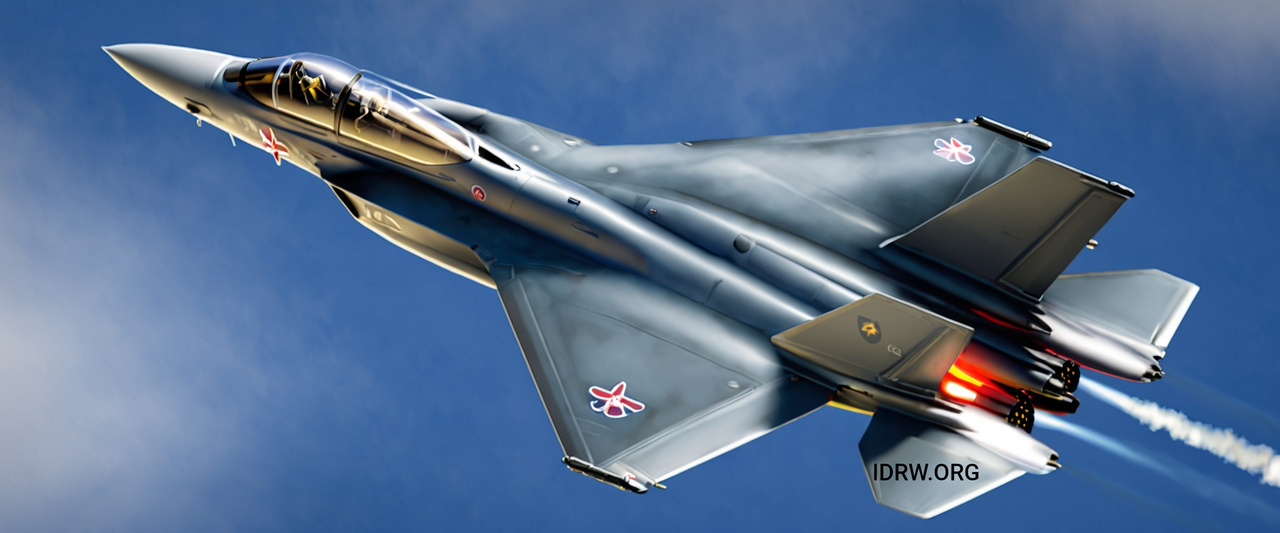SOURCE: IDRW.ORG.


In a recent interview with News9 Plus, former Air Chief Marshal R.K.S. Bhadauria emphasized the need for India to not only focus on the development of the 5th-generation Advanced Medium Combat Aircraft (AMCA) but also start working on integrating 6th-generation technologies into the program. Bhadauria, who played a key role in the conceptualization and initiation of the AMCA program, underscored that incorporating elements of future fighter technologies into the AMCA would pave the way for a smoother transition to the development of an indigenous 6th-generation fighter in the coming decades.
Bhadauria highlighted several key 6th-generation technologies that are set to redefine the future of air combat. These technologies include:
Artificial Intelligence (AI) and Electronic Pilots: Next-generation fighters are expected to feature AI systems capable of acting as electronic co-pilots, helping pilots make real-time decisions, monitor the battlefield, and even control unmanned aerial vehicles (UAVs). Bhadauria revealed that the Aeronautical Development Agency (ADA) is already working on integrating Electronic Pilots in future fighter jets, which would reduce the cognitive load on human pilots and improve combat effectiveness.
Synthetic Vision Systems: Bhadauria mentioned the importance of synthetic vision technology, which enhances pilot situational awareness by creating a virtual representation of the battlefield, even in poor visibility conditions. This technology allows pilots to “see” through clouds, darkness, or other visual obstructions, providing a tactical advantage in complex combat scenarios.
Manned-Unmanned Teaming (MUM-T): A key element of 6th-generation fighters will be the ability to operate in coordination with unmanned platforms. This MUM-T capability would enable a single manned aircraft to control a swarm of UAVs, allowing for more flexible and coordinated operations in high-threat environments. Bhadauria noted that ADA is actively working on integrating MUM-T capabilities into the AMCA, bringing this cutting-edge technology closer to reality.
Data Fusion and Network-Centric Warfare: Another critical aspect of 6th-generation fighters is the ability to seamlessly integrate data from various sources, including ground stations, satellites, and other aircraft. This data fusion capability enables pilots to make more informed decisions based on a comprehensive understanding of the battlespace. Bhadauria pointed out that the IAF is already working toward implementing network-centric warfare in the AMCA, which would form the foundation for the eventual transition to 6th-generation platforms.
While India’s AMCA program is focused on delivering a 5th-generation stealth fighter, Bhadauria stressed the importance of future-proofing the design to accommodate emerging technologies. “The AMCA MkII should incorporate as many 6th-generation technologies as possible,” Bhadauria stated, emphasizing that this approach would ease the eventual development of an indigenous 6th-generation fighter.
Although India’s 6th-generation fighter program is still in the conceptual stages, Bhadauria believes that early groundwork in research and development (R&D) for advanced technologies will be critical to ensuring India’s air power dominance in the future. While the AMCA program will dominate India’s focus over the next decade, it is essential to begin planning for the 6th-generation fighter by 2040.
NOTE : Article cannot be reproduced without written permission of idrw.org in any form even for YouTube Videos to avoid Copy right strikes. Websites doing illegal reproductions will get DMCA and Legal Notices.